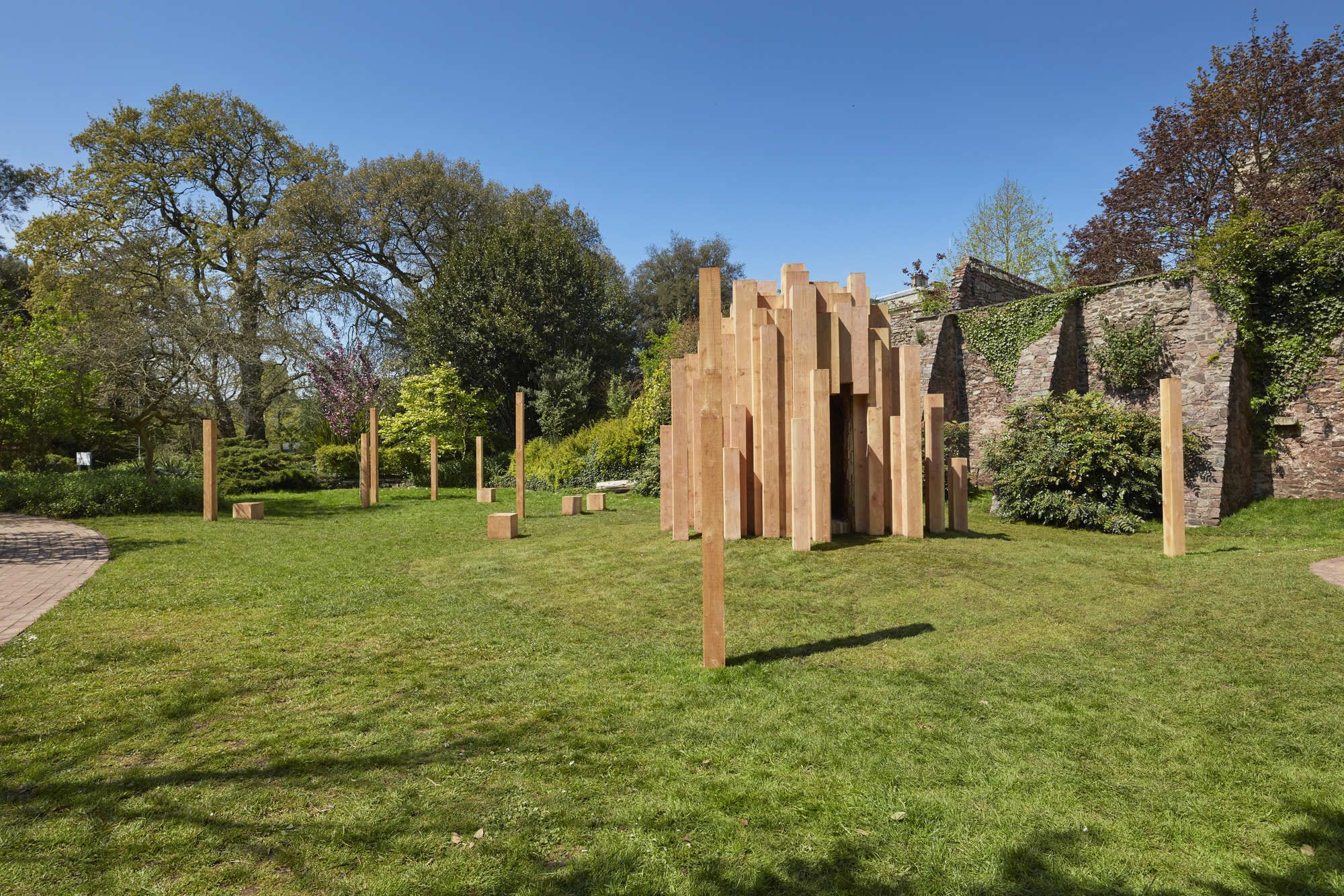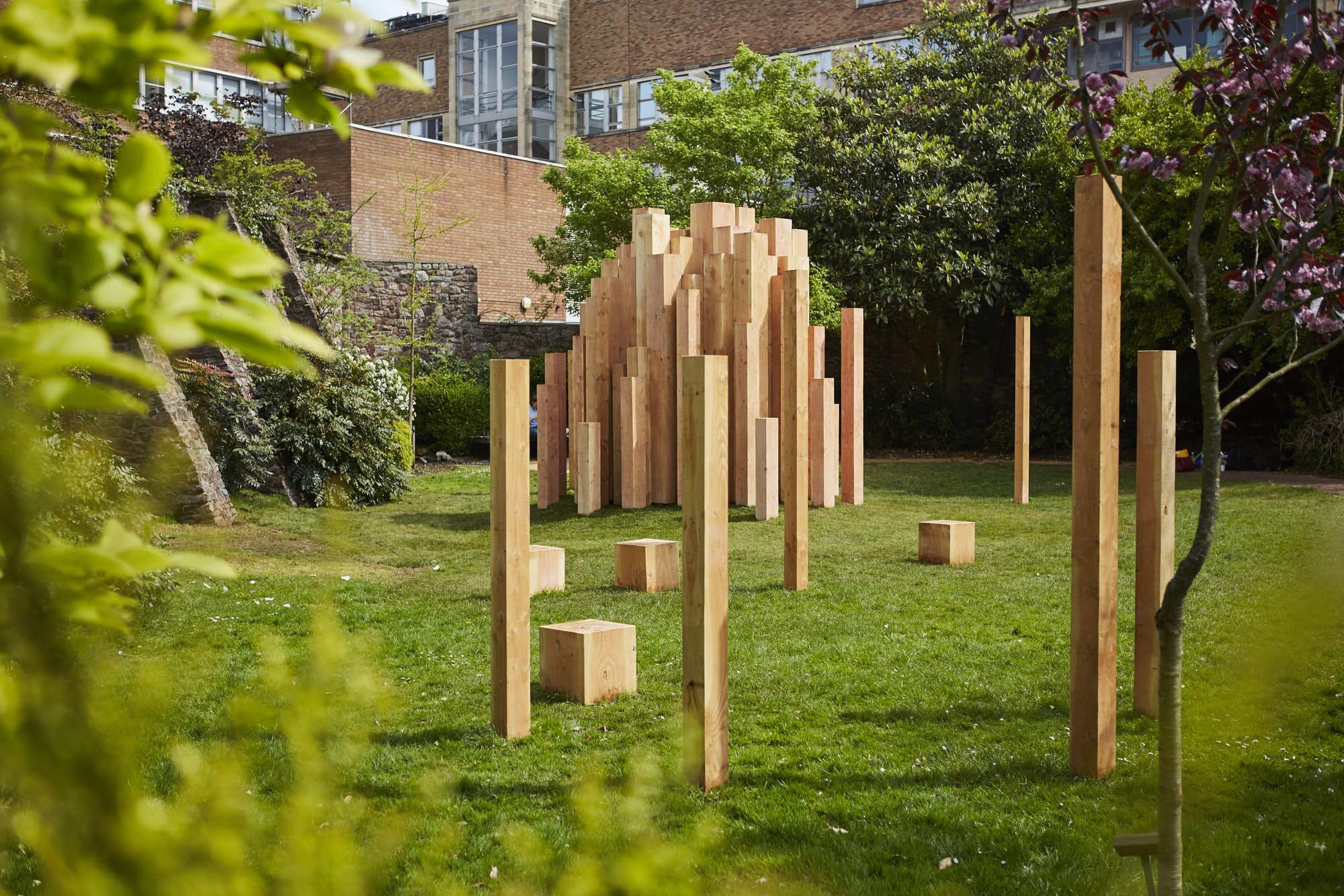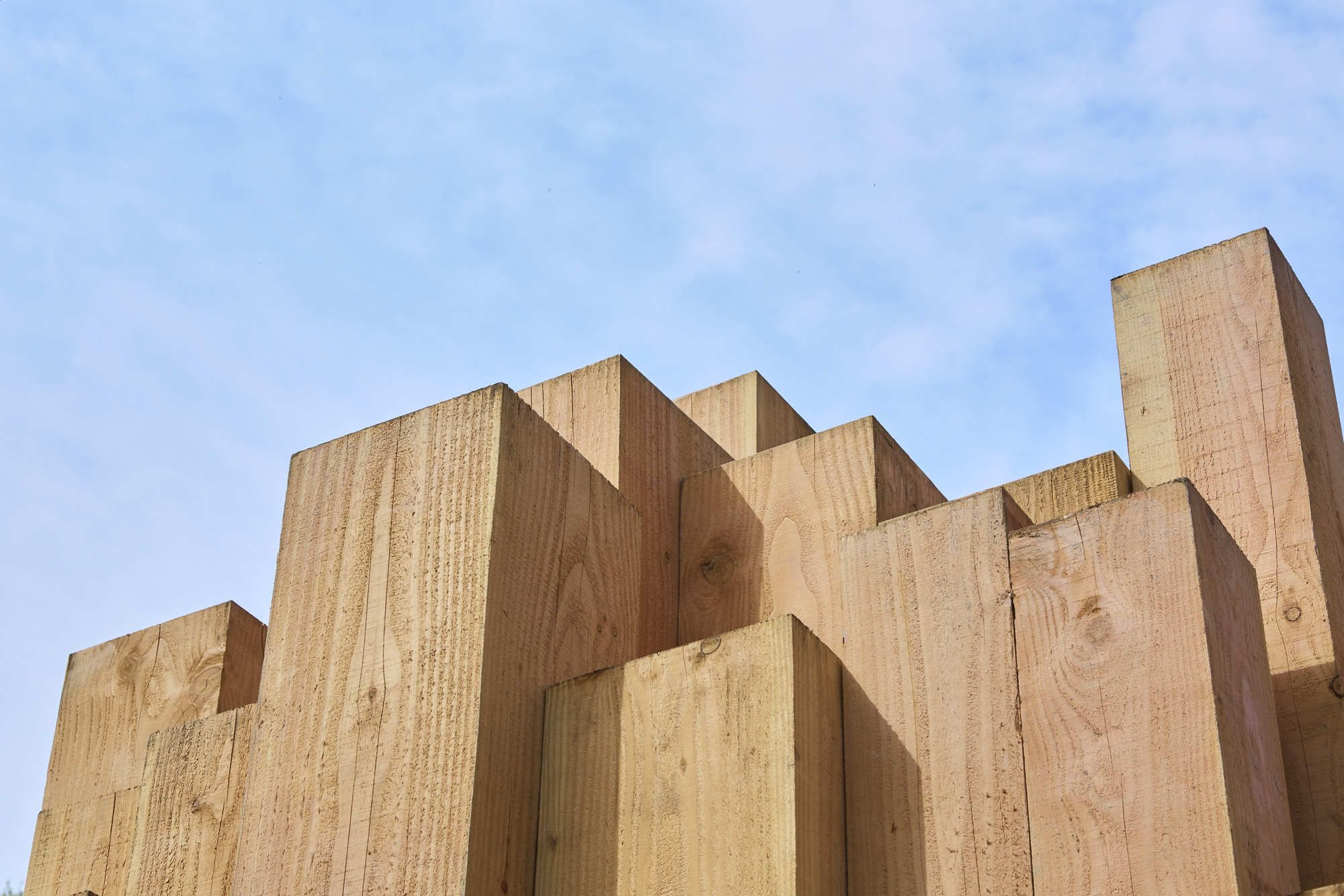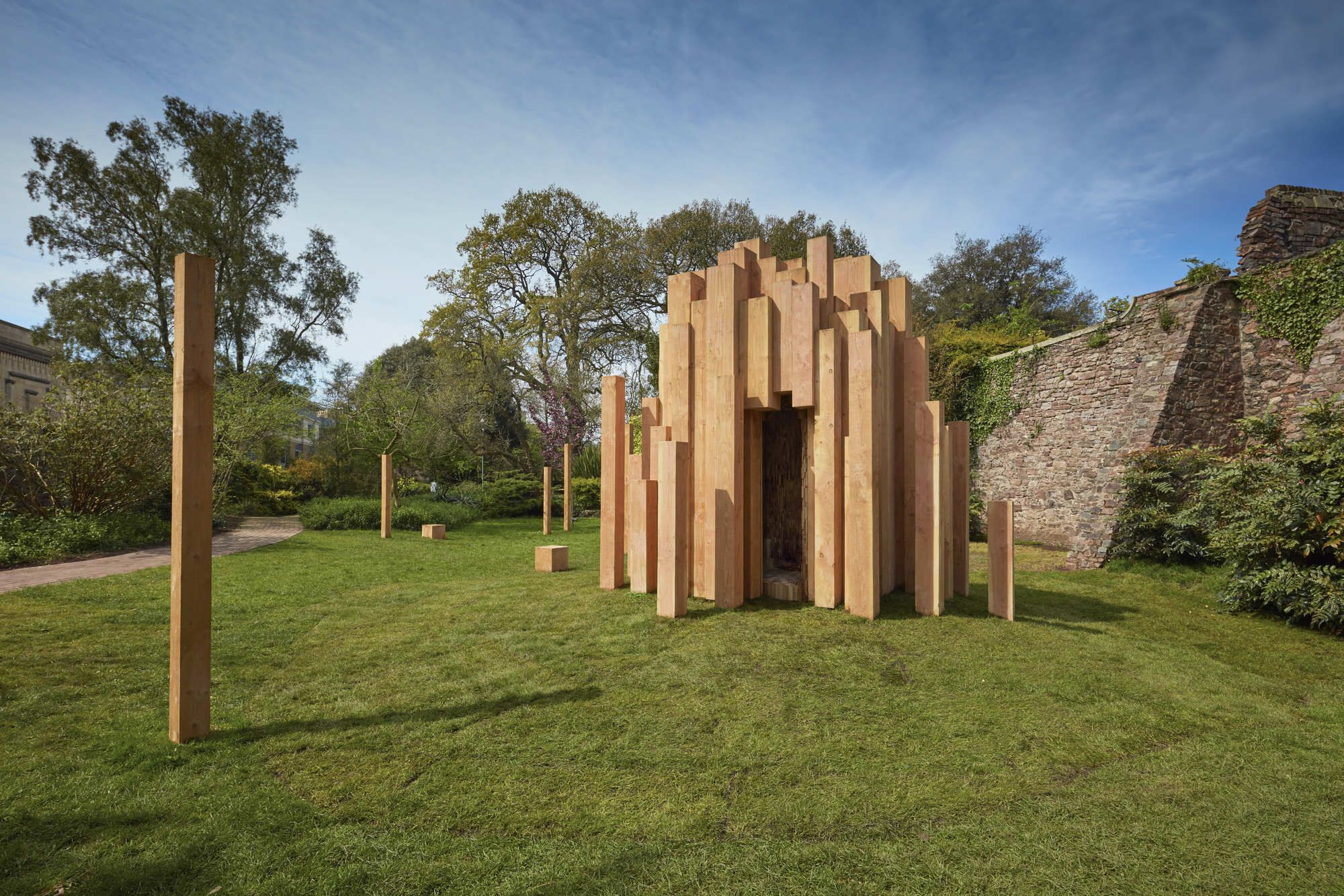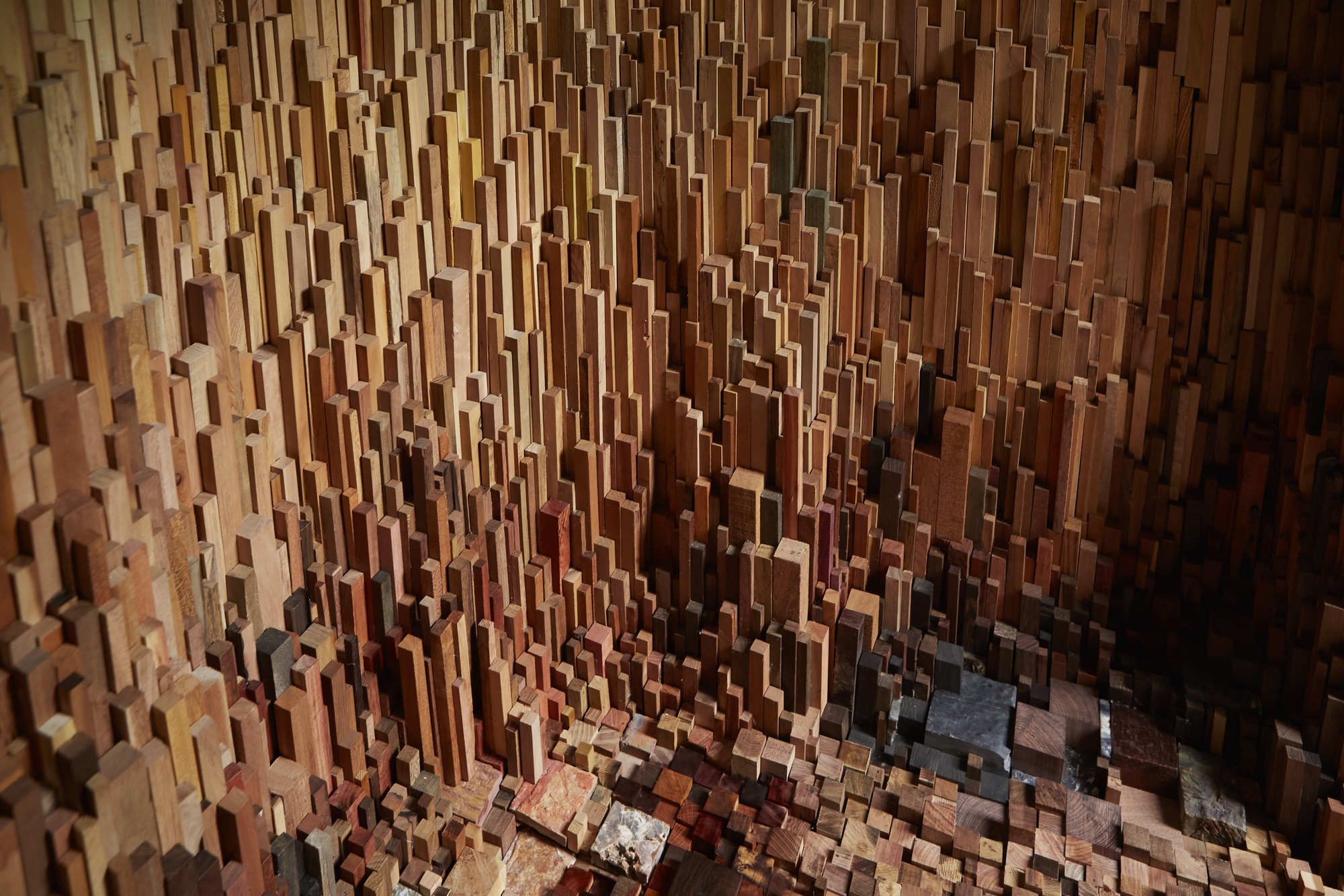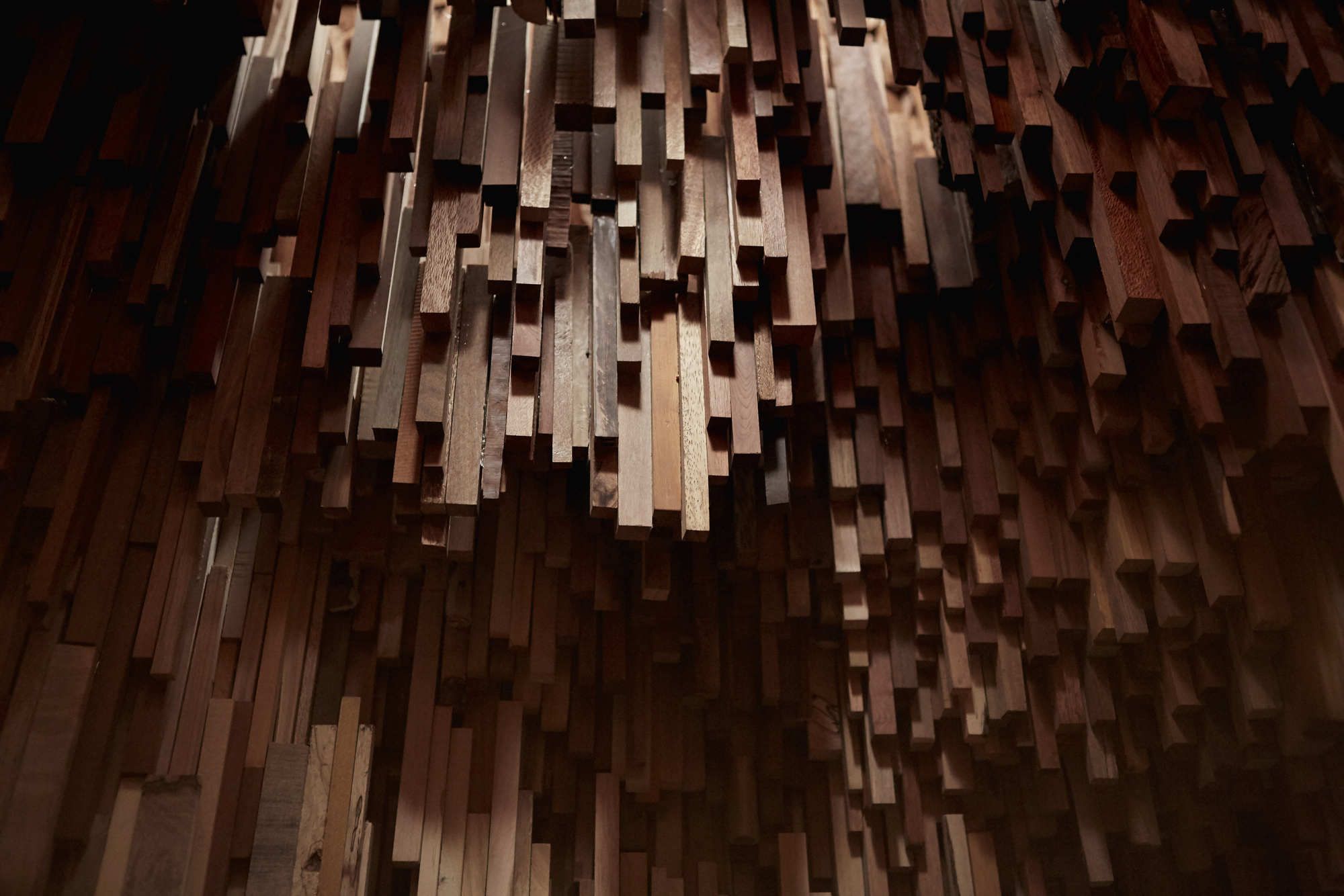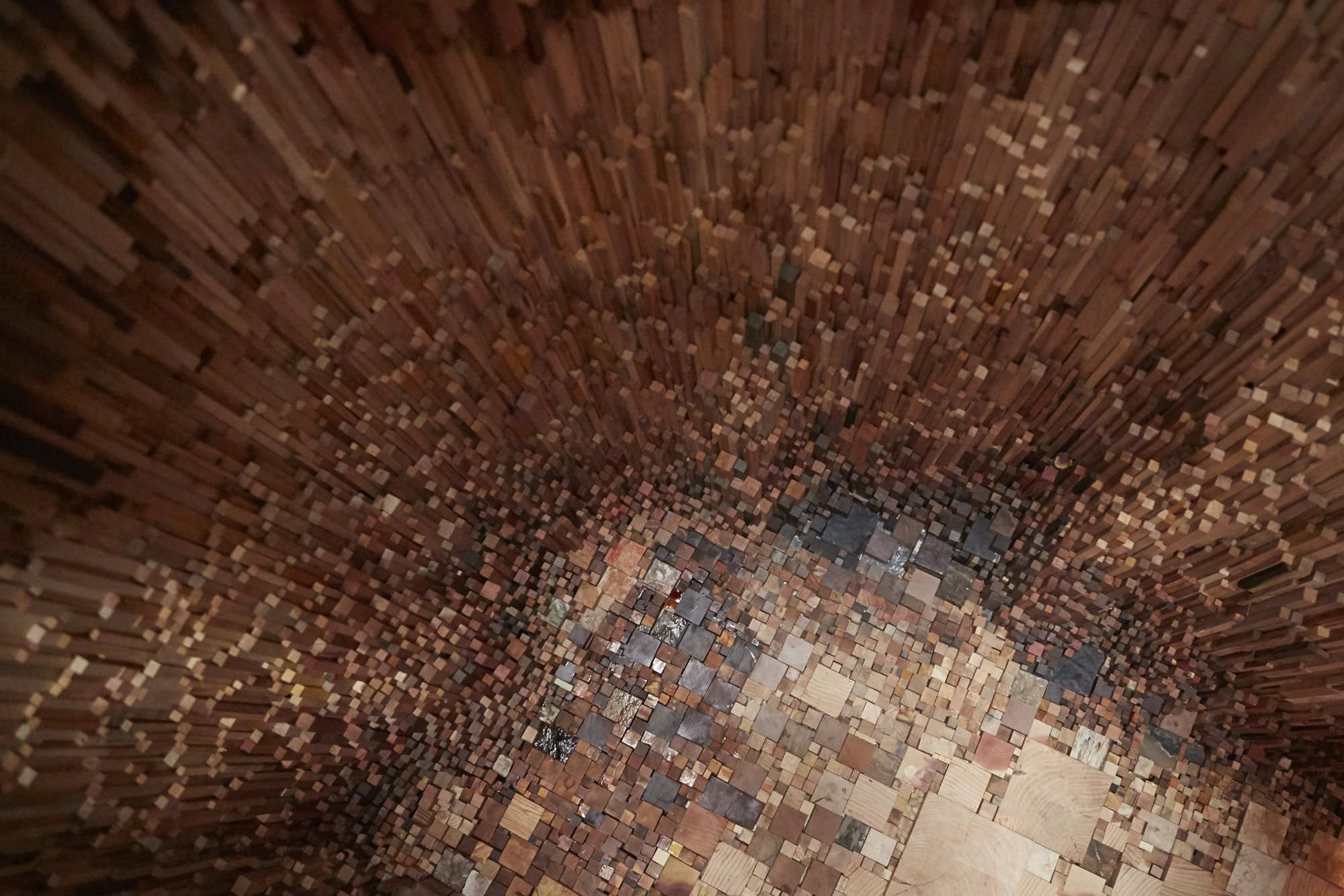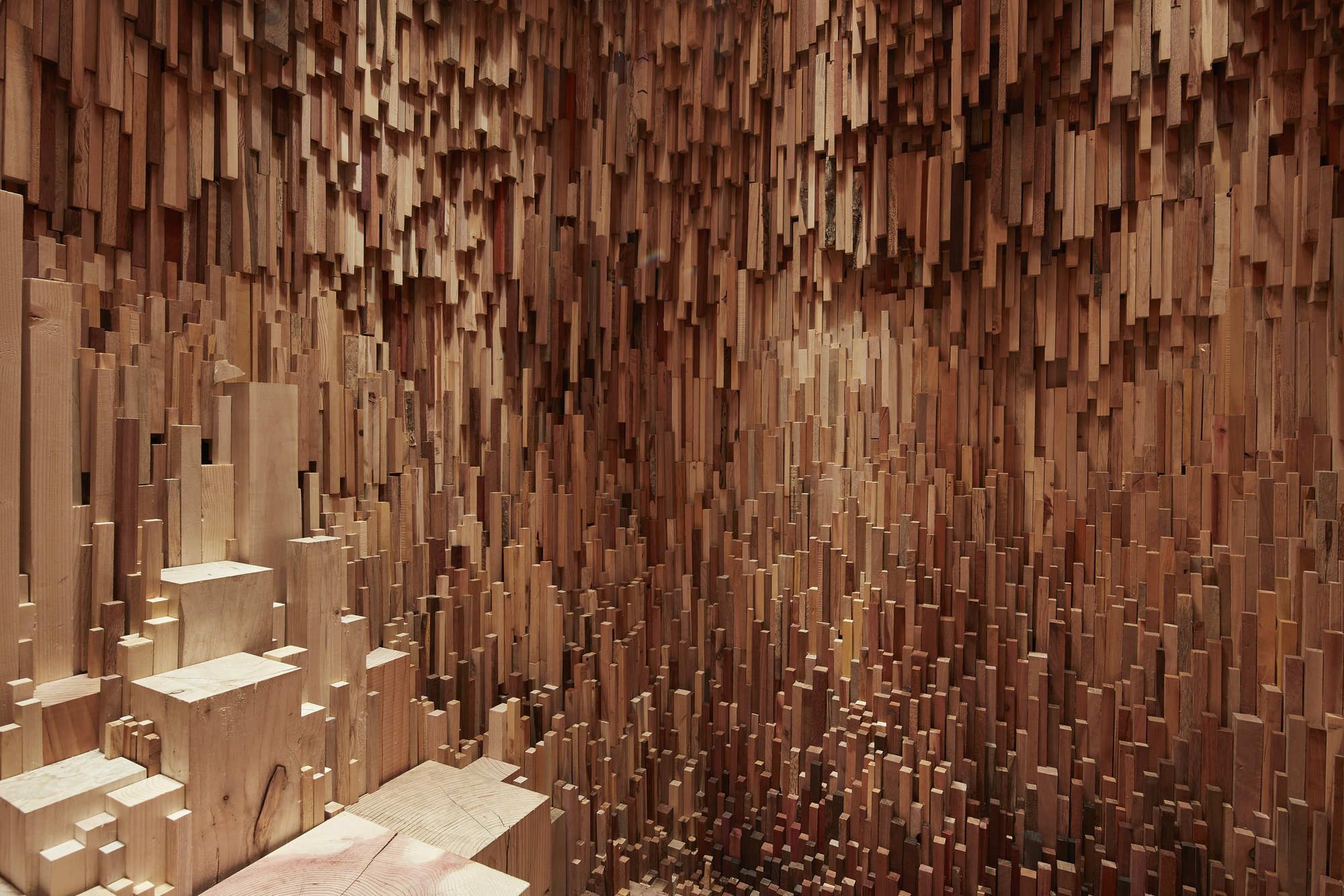Grasping at the natural beauty of botanic gardens and the capricious charm of park art, the permanent pavilion Hollow which opened this Monday in Bristol, South West England will narrate our planet’s history through trees.
The miniature forest was commissioned by the University of Bristol and is the result of a collaboration between sculptor Katie Paterson and architects Zeller & Moye.
See the BBC Four’s coverage of the arboreal installation here
Over 10,000 unique tree species are brought together to span a period of 390 million years of evolution. Visitors will observe an archive of wood sourced across the globe – from rare petrified tree fossils paving the visitors’ way inside the pavilion to the youngest specimen known to dendrologists.
Not only natural history is presented; the tree has been treated as a cultural artifact too. The beautiful Banyan tree where Buddha achieved revelation is exhibited, while the Japanese Gingko Tree from Hiroshima serves as a memorial of nuclear bombing.
The University of Bristol opens a new life sciences building and the sculptural pavilion Hollow is created for the occasion. The University is renowned internationally for its research in Life Sciences − addressing many of the acute challenges that currently face humanity, such as food security, the loss of biodiversity, and climate change., say the creatives behind the project.
From the inside, Hollow’s domical shape forms a falling mosaic of wooden stalactites with light breaking in from above. Placed in the Royal Fort Gardens, the conceptual artwork consisting of massive trunks appears like a natural sculpture.
By: Sabina Karleva

